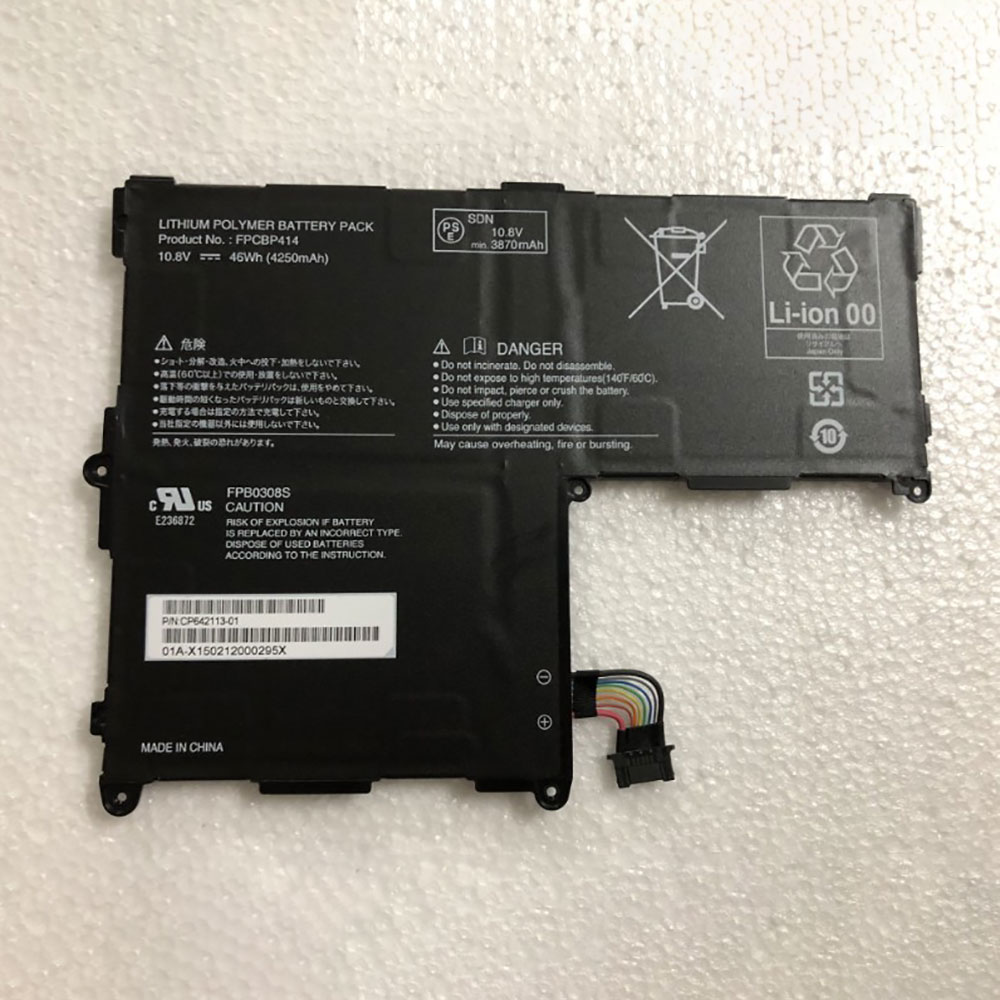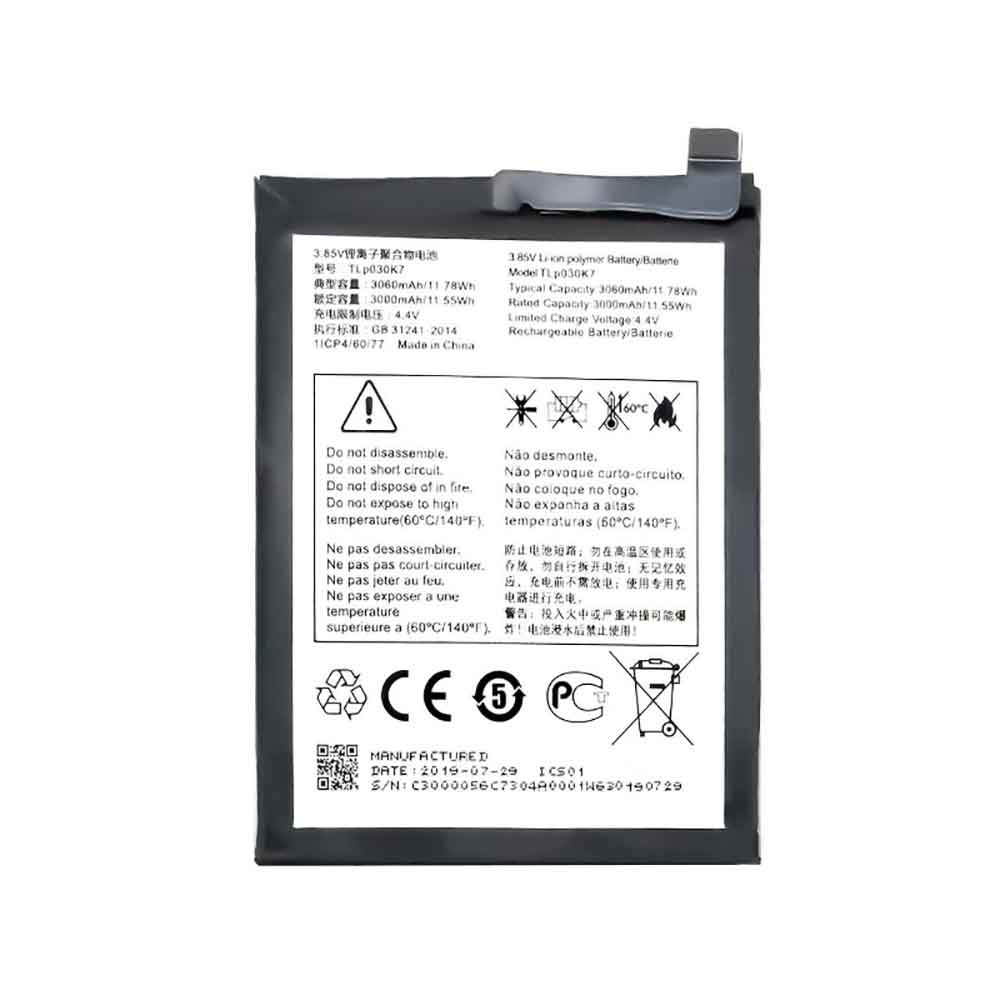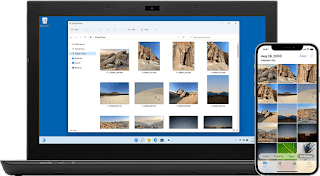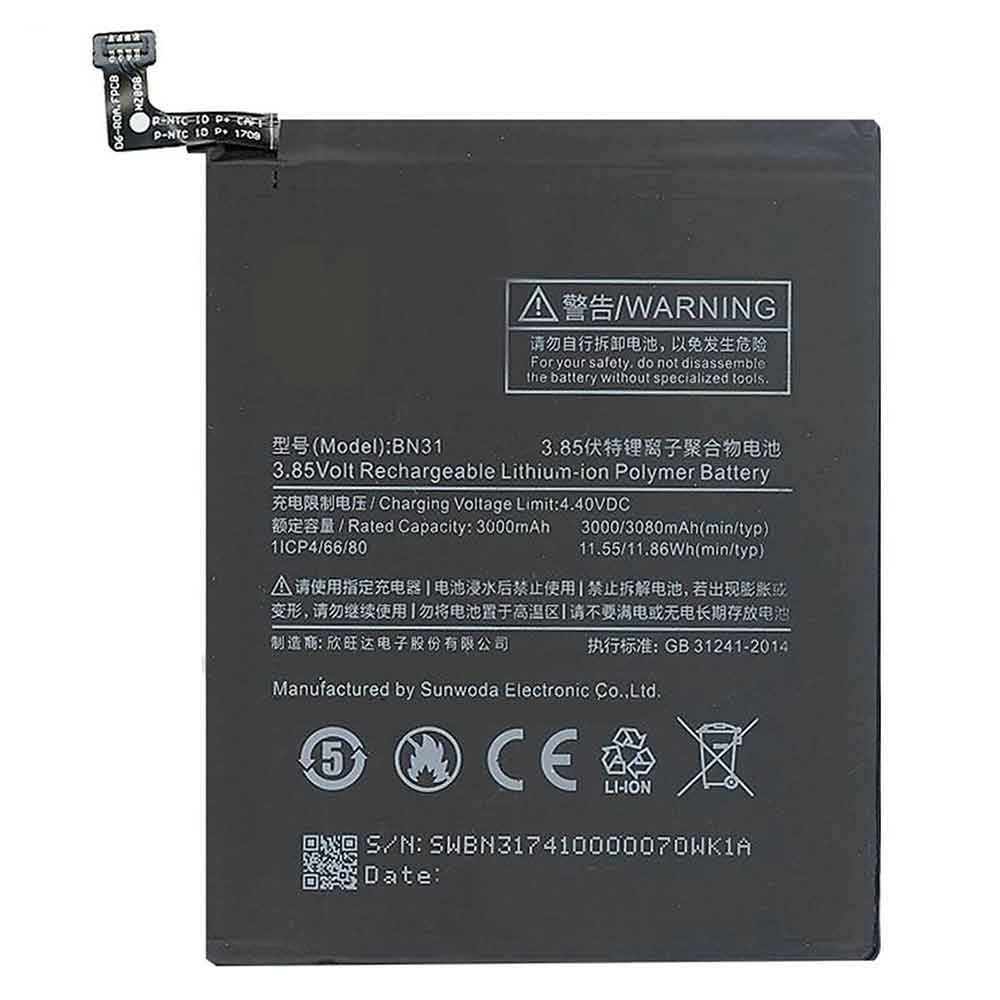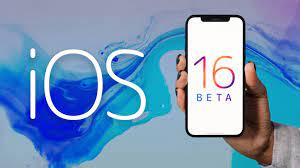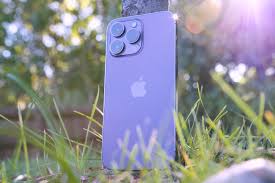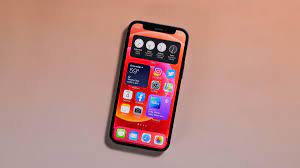If you didn’t already know, Apple added the ability to add a handful of widgets to the lock screen as part of its massive iOS 16 lock screen customization update. Third-party apps are just starting to introduce their own lock screen widgets, Google has added these for Gmail, Chrome, Google Drive and Google News, and now we have new widgets for Google Maps and regular Google apps .
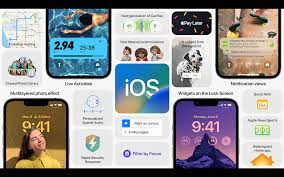
You can choose between two types of lock screen widgets. The first is for frequent travel and acts as a shortcut to one of your favorite locations. Another is a quick search option that quickly scans your area for a specific type of business or service, similar to the chip you’ll find at the top of your Google Maps home screen.
As lock screen widgets, these buttons will be available when you wake your iPhone and are on the relevant lock screen. If you own an iPhone 14 Pro or iPhone 14 Pro Max, you’ll be able to access widgets from the always-on display at any time.
While Apple would no doubt prefer you to use its own Maps app, the truth is that Google Maps is just as widely used on the iPhone, if not more. Additionally, Apple Maps doesn’t currently offer a lock screen widget, which means if you want the fastest way to map your way home or to a nearby coffee shop, Google Maps is your best bet.
If you want to add these Google Maps lock screen widgets to your own iPhone, you can follow the steps below.
How to Add the Google Maps Widget to Your Lock Screen in iOS 16
1. Sign in to the App Store to make sure the Google Maps app is up to date. You are looking for 6.40 or later, otherwise you won’t have any widgets.
2. In order for the iPhone to recognize that new widgets are available, please open the Google Maps application at least once before attempting to add a widget.
3. By tapping and holding the lock screen with the phone unlocked, or by opening the lock screen customization through the settings menu. Click Customize, then Lock Screen to get to where we can add widgets.
4. Tap the box below the clock to open the widget of your choice, then scroll down to Google Maps and tap it.
5. Now select the “Frequent Travel” or “Search” widget and tap or drag it to snap it into place.
6. The “Frequent Travel” widget defaults to your home address and the “Search” widget defaults to the Google Maps search box. If you want to change it, click on the widget when it’s in place and choose a new option from the menu that appears.
7. After sorting, tap Done in the upper right corner to confirm your location. You are all done!
>>>>>>>>>Apple battery

